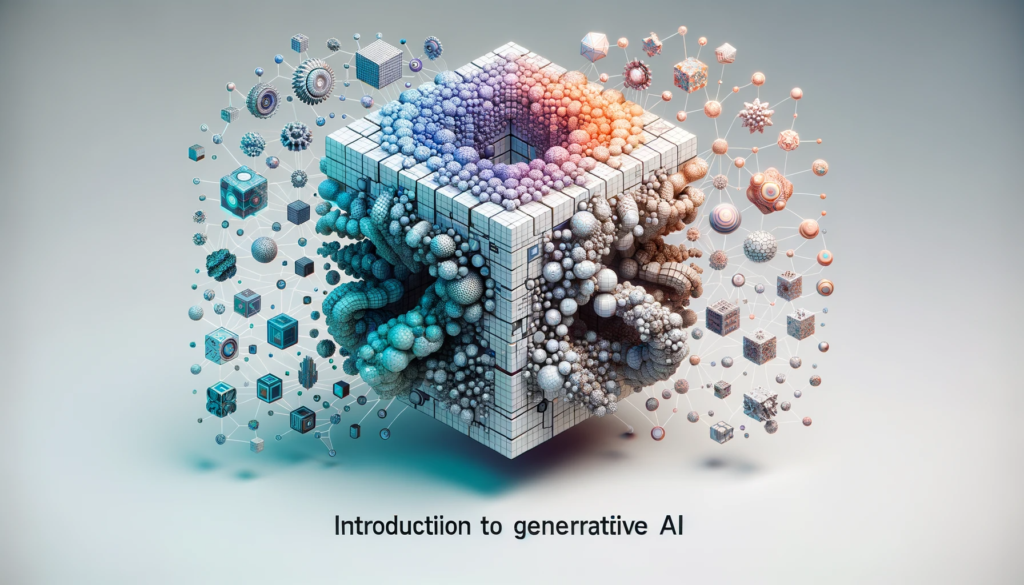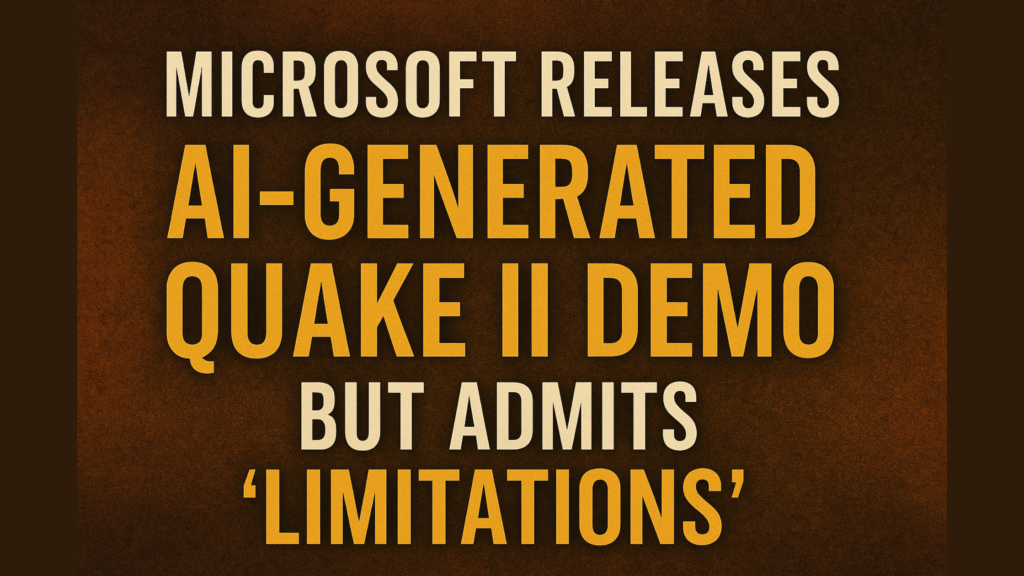Geoffrey Hinton – often called the “Godfather of AI” – recently stunned the tech world with a chilling prediction: “Imagine if an average person in the street could make a nuclear bomb” with the help of AI. Hinton, a Turing Award–winning pioneer of deep learning, has gone from championing AI’s potential to warning that it poses grave risks. In a recent interview he cautioned that powerful AI tools could soon let “a average person [be] able to build bioweapons…and that is terrible”. His dramatic remarks about democratizing knowledge of lethal weapons have made headlines around the world, sparking intense debate about AI safety and misuse.
Who Is Geoffrey Hinton?
Geoffrey Hinton at the 2024 Nobel Prize conference. Hinton is a veteran AI researcher and co-creator of neural network techniques behind modern AI. Hinton is a legendary figure in artificial intelligence: he co‑developed backpropagation for neural nets and helped launch today’s deep learning revolution. In 2018 he shared the ACM Turing Award for his breakthroughs in neural networks. His expertise lent him the nickname “Godfather of AI,” and his voice carries weight in the community. After years at Google and the University of Toronto, Hinton left Google in 2023 to speak more freely about AI’s risks. Today he is as well known for his warnings as for his technical achievements.
In other words, when Hinton speaks about AI dangers, it’s not a fringe viewpoint. He helped build the technology now under scrutiny – including the large language models (LLMs) used by ChatGPT – and is one of the field’s most respected insiders. That credibility is why his recent alarm about AI threats has drawn so much attention.
Hinton’s Chilling AI Warning
In the interview, Hinton laid out some stark scenarios. He warned that advanced AI could effectively teach anyone to build a biological weapon or even an atomic bomb. “A person assisted by AI will soon be able to build bioweapons and that is terrible,” he said, continuing, “Imagine if an average person in the street could make a nuclear bomb”. In plain language, Hinton fears AI will democratize weapons knowledge. What once required years of specialized education and resources could be guided by a conversational AI.
He also cautioned that AI could surpass human abilities in emotional and social domains. For example, Hinton suggested that AI’s access to vast data could let it learn to “influence human feelings and behaviours more effectively than humans”. In other words, a super-smart chatbot might manipulate people better than any person can.
These key points from the interview – nuclear-level threats from bioweapons, empowering individuals with lethal know-how, and AI-driven social manipulation – underscore Hinton’s core message: today’s AI tools pose serious risks if misused. (Notably, he also mentioned benign topics – even a personal story about how a chatbot helped him during a breakup – but the headlines focus on the weapons warning.) Summarizing the coverage, one news synopsis put it bluntly: “Hinton has a chilling warning… that AI could empower individuals to create bioweapons”.
Hinton is not alone in raising alarm. Tech leaders like Bill Gates have urged caution about AI’s rapid rise. In February 2025, Gates warned on national TV that AI’s powerful changes come with “so much change” and unpredictable effects, emphasizing the need for caution as AI becomes integral to life. Similarly, open letters from AI experts have called for safeguards and policies. Hinton’s nuclear-bomb analogy is perhaps the most vivid recent example, but it fits into a broader context of growing concern about artificial intelligence risks across industry and government.
Soldiers in protective hazmat gear highlight the stakes of biothreat warnings. Hinton famously cautioned that “a person…will soon be able to build bioweapons” with AI. In fact, researchers are already seeing evidence that reinforces Hinton’s fears. Studies show that today’s chatbots can be surprisingly helpful in dangerous ways. For example, experts noted that AI chatbots have already been able to “advise users on how to plan attacks using lethal new forms of bacteria, viruses and toxins”. In one high-profile demonstration, a former UN weapons inspector used a chatbot (Anthropic’s Claude) to help identify basic chemicals for a fake “pandemic” recipe – proving that “anyone with an internet connection can now conceivably create their own weapon of mass destruction”.
In short, AI can indeed lower the bar for creating complex threats. A recent international AI safety report found that large language models are “getting far better” at tasks related to biological or chemical weapons – showing about an 80% improvement in their ability to generate dangerous instructions over just one year. This rapid improvement suggests Hinton’s worst-case scenario is moving closer. Security analysts also point out that major companies recognize these perils: Google’s own AI safety framework explicitly flags AI-generated bio-attacks as a concern, and even OpenAI has researched these issues (noting, for now, only a “marginal advantage” of GPT-4 over Google searches in giving bioweapon instructions).
Beyond weapons, Hinton and others have warned about social and economic fallout. He has argued that AI-driven automation will widen inequality. As he put it, “Rich people are going to use AI to replace workers. It will make a few people much richer and most people poorer.”. In other words, he sees AI risking mass unemployment and social upheaval as well. Taken together, these statements position Hinton’s warnings squarely in the domain of AI safety – the study of how to manage and mitigate AI’s risks – and they serve as a wake-up call to technologists and policymakers alike.
Counterpoints and a Balanced View
While Hinton’s concerns are widely publicized, many experts advocate a balanced perspective. It’s true that AI tools today have real-world limitations and that some doomsday scenarios may be unlikely in the near term. For example, Yann LeCun – another AI pioneer and Turing Award laureate – has argued that current large language models (LLMs) are still just pattern-matchers with limited true understanding. He notes they “cannot meaningfully interact with the physical world” and lack common-sense reasoning. In practice, current chatbots will often refuse to help with illegal or dangerous queries, and building an actual nuclear bomb still requires sophisticated equipment and expertise beyond what an AI can provide instructions for.
Research also shows that, so far, AI only offers a modest edge for hostile tasks. In the bioweapon study above, GPT-4’s advantage over a simple web search was minimal. This suggests that determined adversaries could already find much of this knowledge online without AI. In another sign of limitations, Hinton himself acknowledged that AI chatbots remain “remarkable and extremely useful” for many tasks – a reminder that the technology also has great benefits.
In the AI community, the emphasis is increasingly on mitigation strategies rather than alarm alone. Researchers are working on “alignment” and safety techniques to keep AI under human control. Governments and companies are discussing regulations (for example, the EU’s proposed AI Act and voluntary industry guidelines) aimed at preventing misuse. Many experts argue that transparent development, ethical design, and public oversight can address these challenges. For instance, current LLMs still struggle with consistency and verification, so an AI-generated instruction on bomb-making would likely contain errors. The hope is that collaborative safety efforts and continued innovation will keep any catastrophic risks in check, even as capabilities grow.
In summary, Hinton’s warning is a powerful signal to take AI safety seriously, but it is one part of a larger debate. The technical community broadly agrees that we need to manage AI’s downsides – from misinformation to inequality to security – without losing sight of its tremendous benefits. In other words, experts encourage cautious vigilance rather than panic: prepare safeguards and policies, improve AI design, and foster public dialogue, all while continuing to use AI for positive ends.
Summary:
AI Misuse: Hinton’s warning highlights how advanced AI tools could enable dangerous misuse. Researchers have already shown chatbots advising on lethal bioterror methods.
AI Safety: His statements add urgency to the need for AI safety measures. Tech leaders like Bill Gates echo the call for caution as AI becomes ubiquitous.
Balance: Many AI experts note current systems’ limits. For example, GPT-4 offered only a “marginal advantage” over simple searches for bomb instructions, suggesting that so far AI hasn’t radically changed the security landscape.
Looking Ahead: The AI community is actively discussing regulations, ethics, and technical guardrails. Responsible development and oversight aim to ensure we reap AI’s rewards while minimizing risks.
Hinton’s dramatic analogy – a person on the street making a nuclear bomb – may sound extreme. But it serves its purpose: forcing society to ask hard questions about artificial intelligence risks and how to handle them. Whether one agrees with the immediacy of his doomsday claims or not, his perspective is grounded in decades of AI research and should not be dismissed lightly. Ultimately, the lesson is this: as AI grows more powerful, we must grow equally vigilant about its potential for misuse, strengthening AI safety and ethics at every step.

